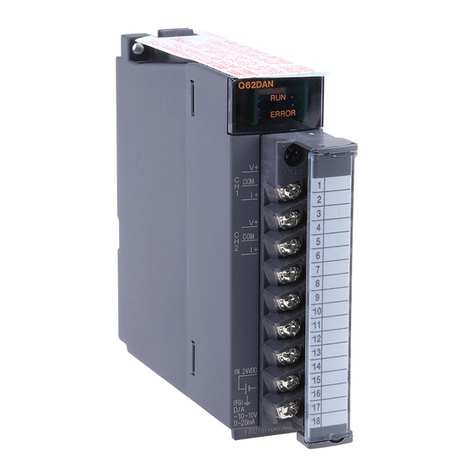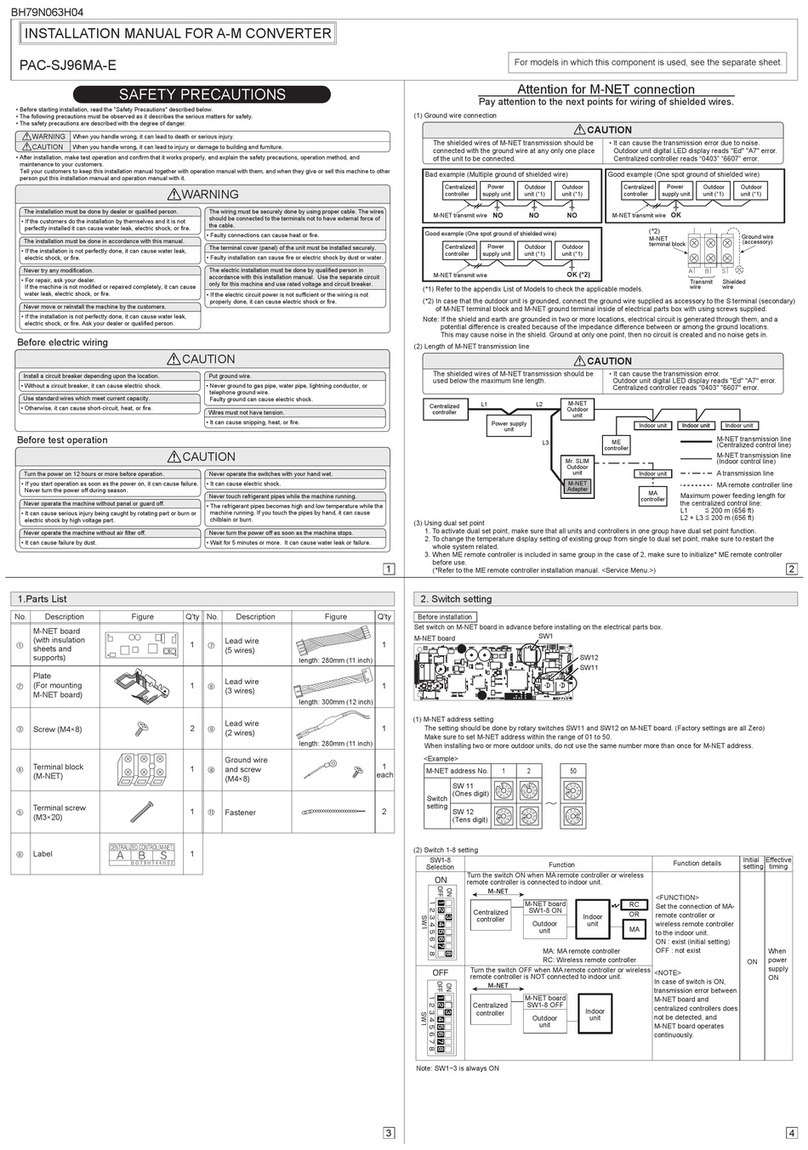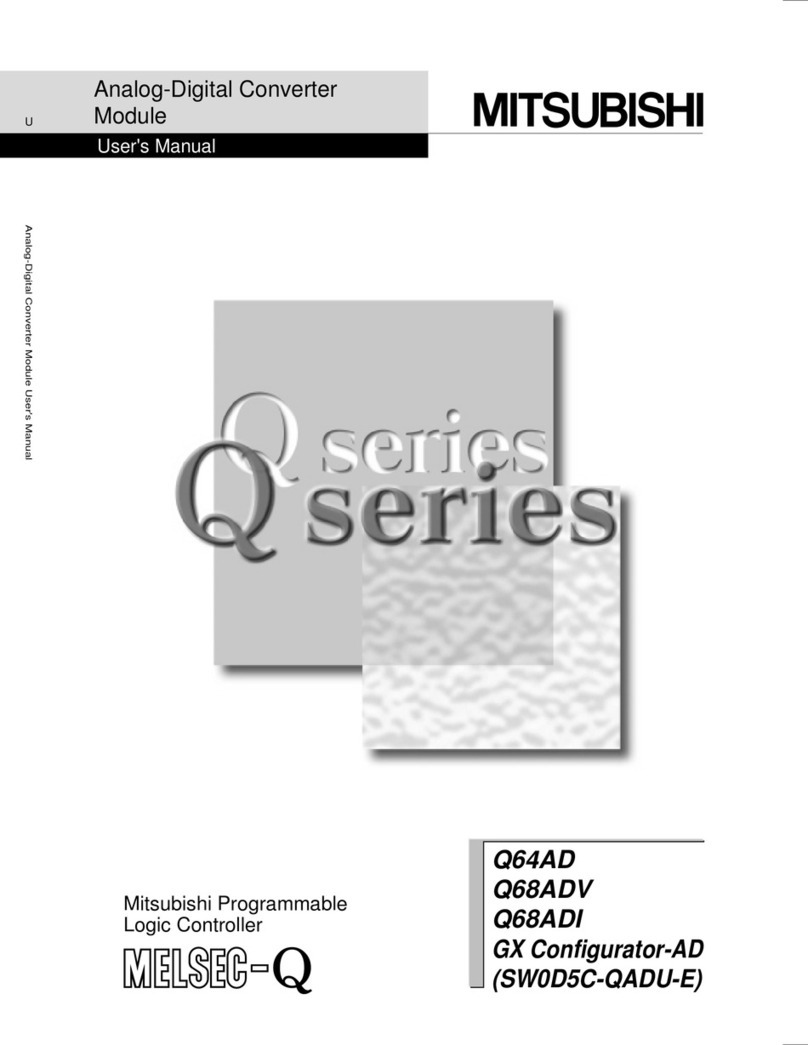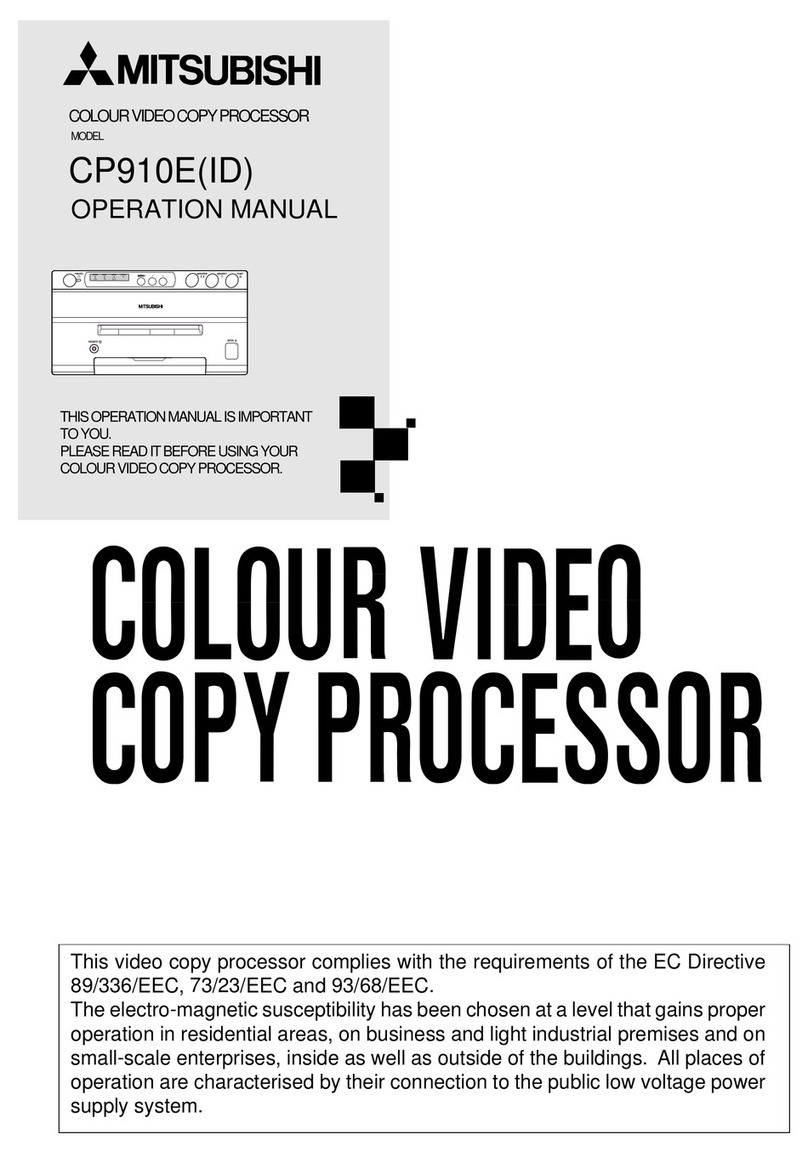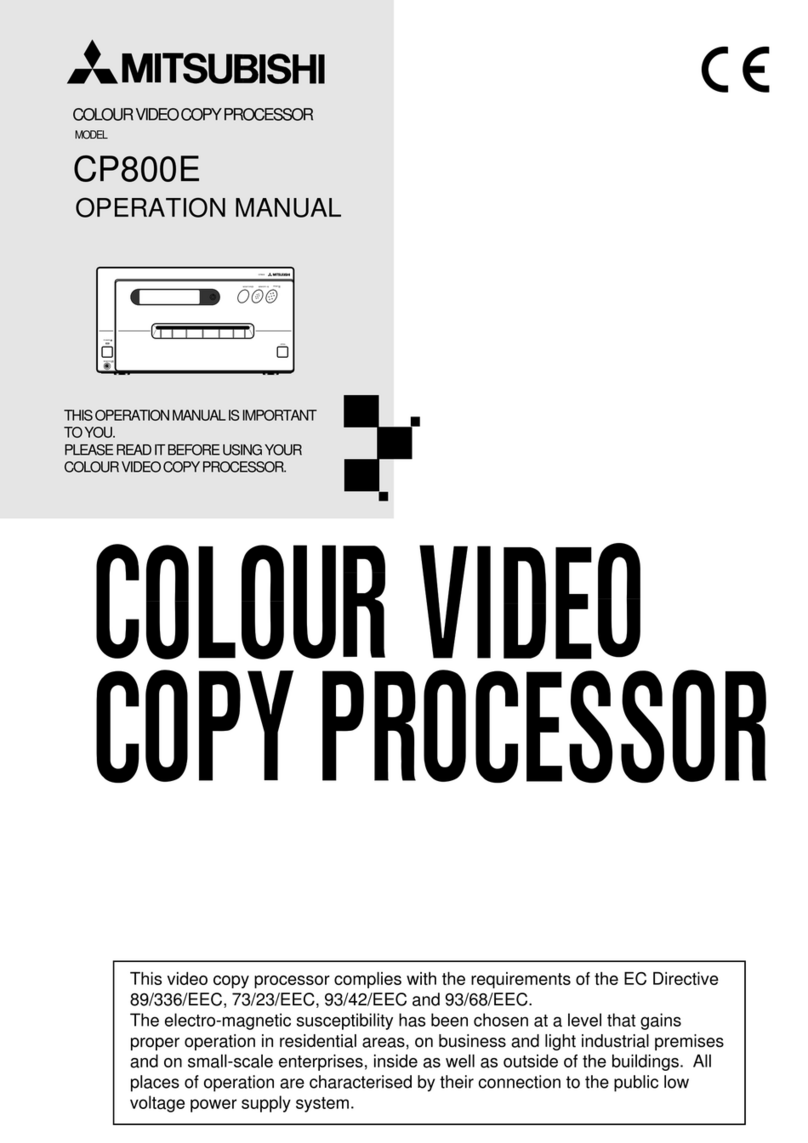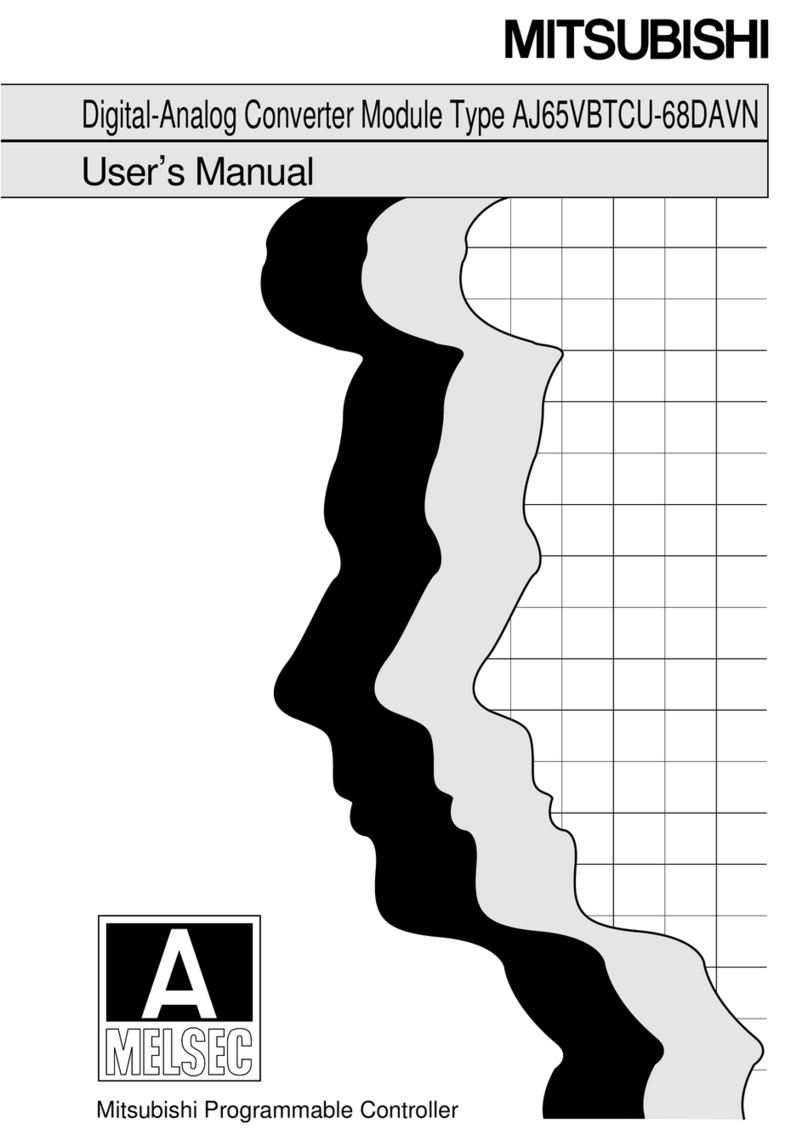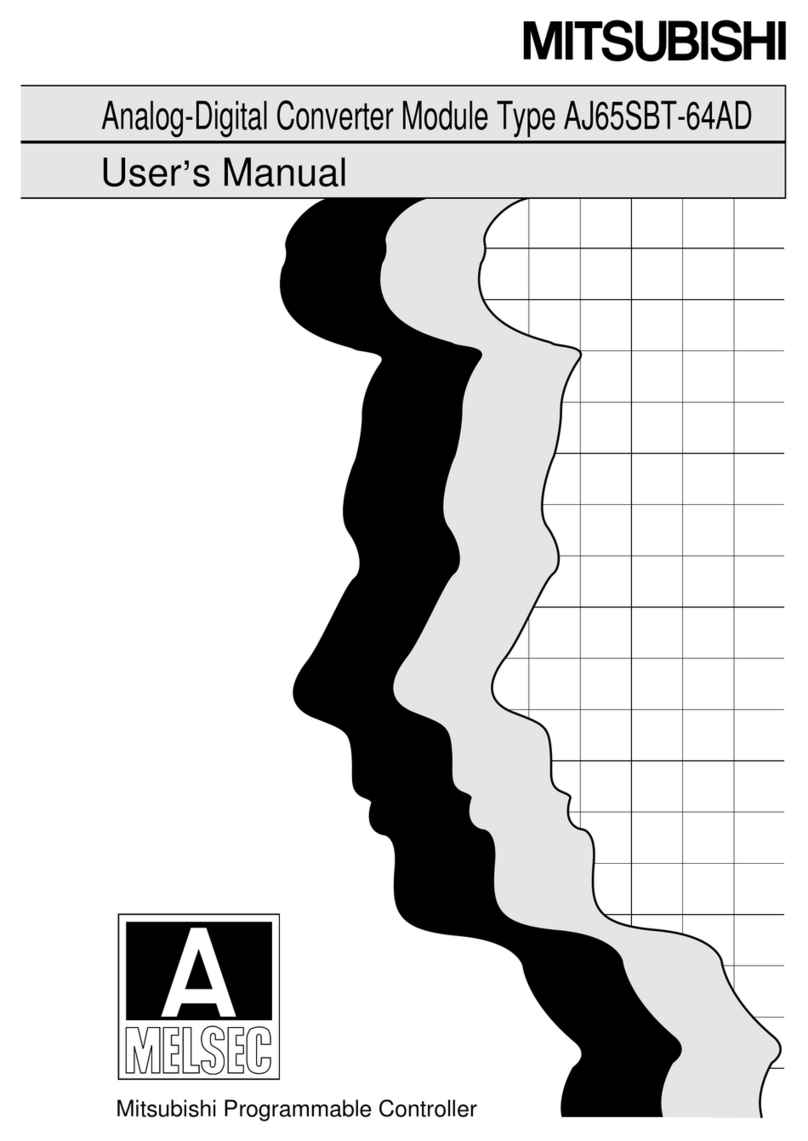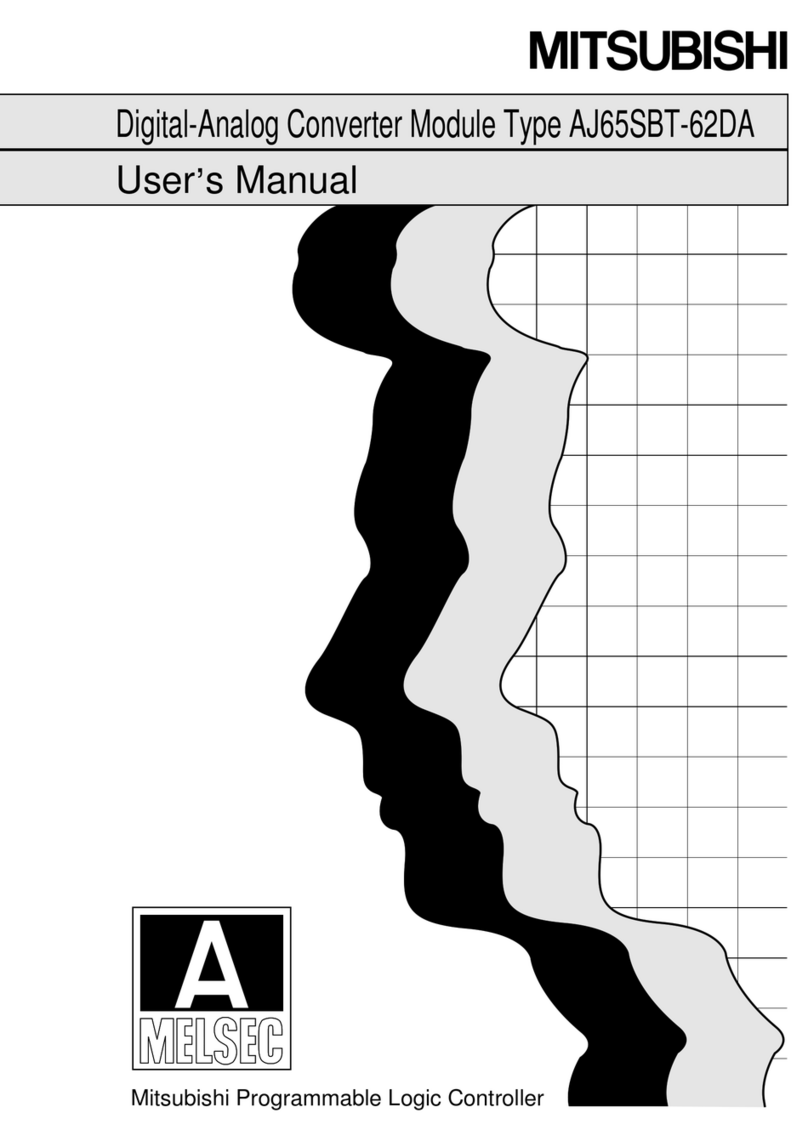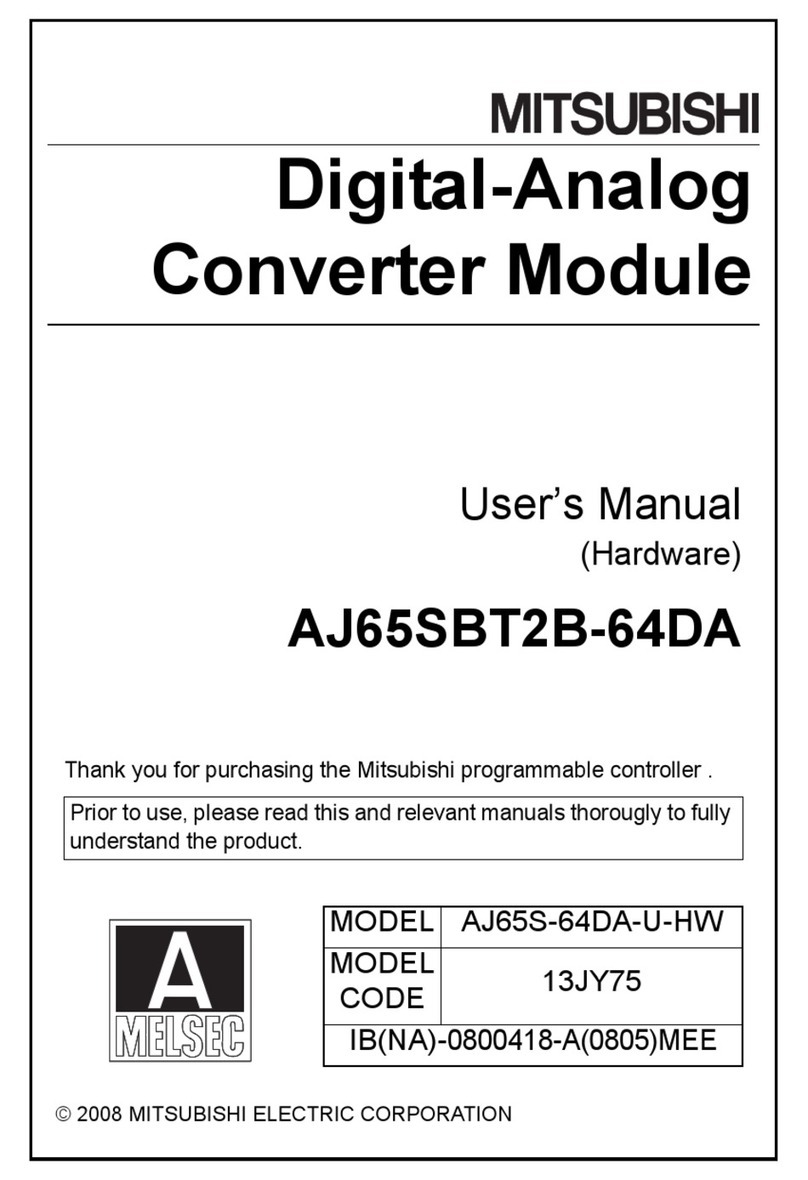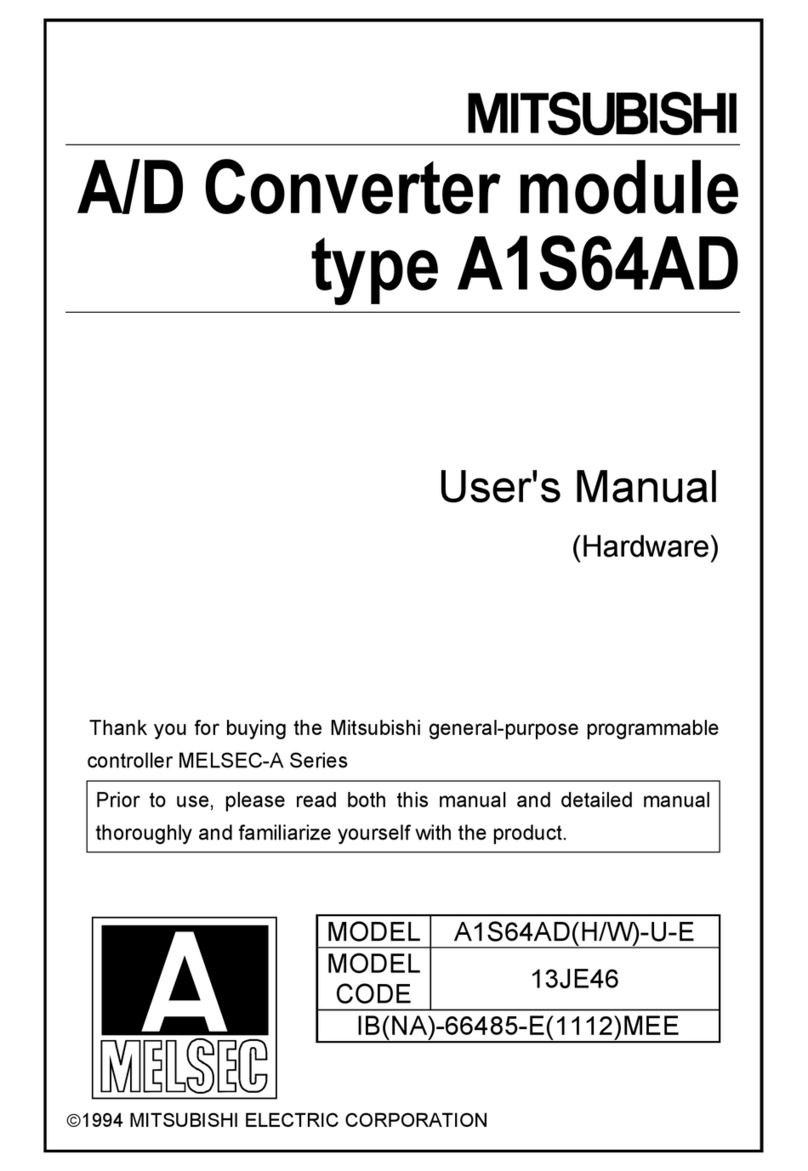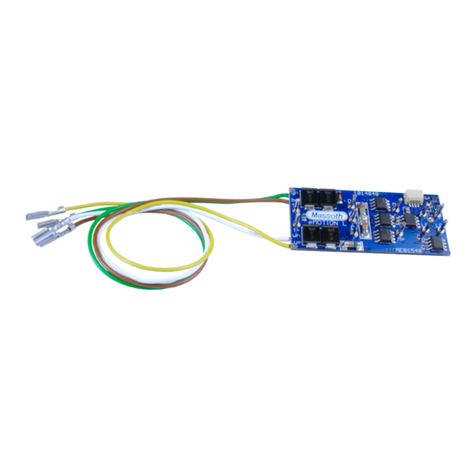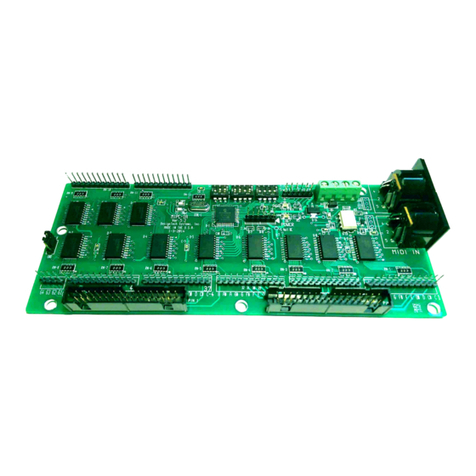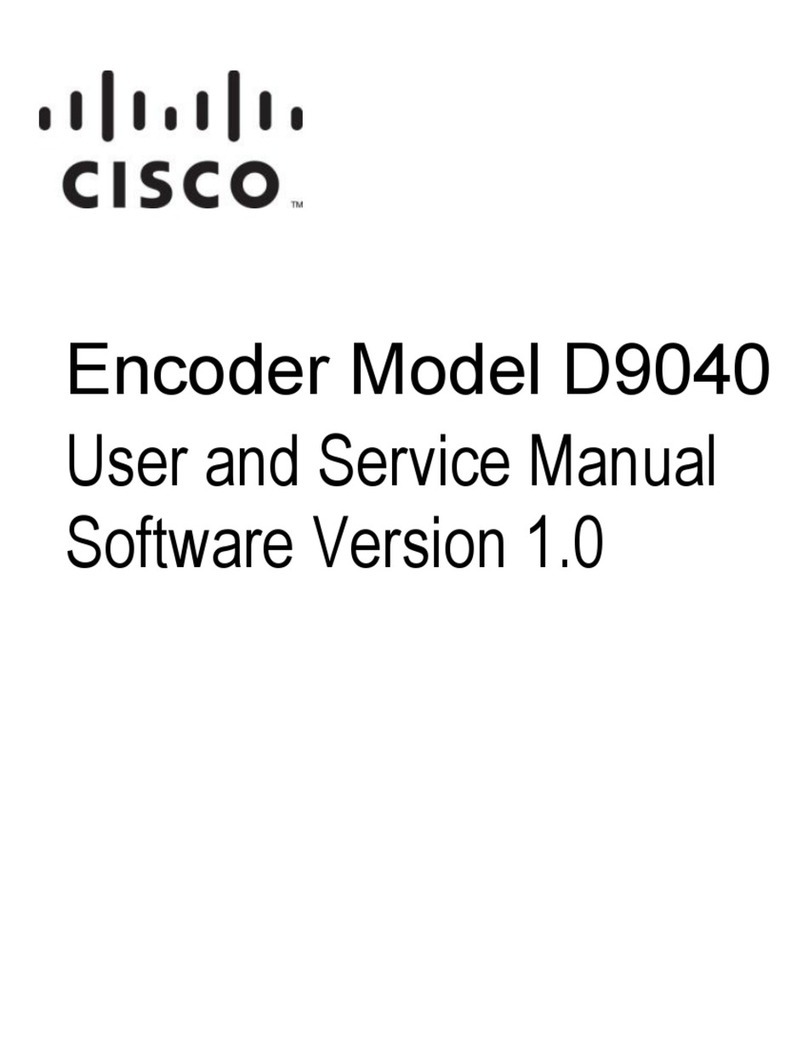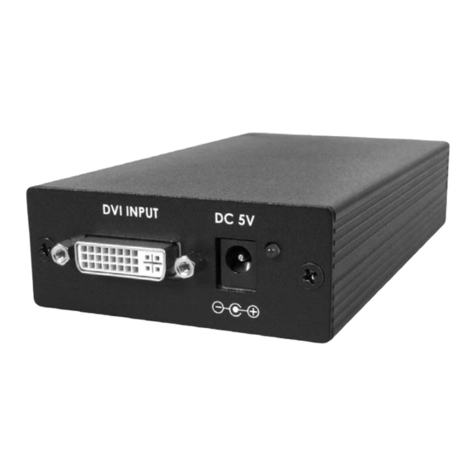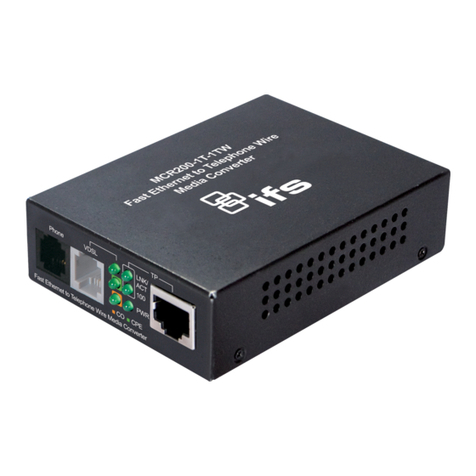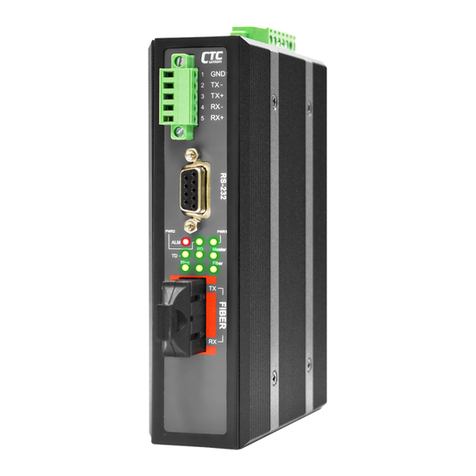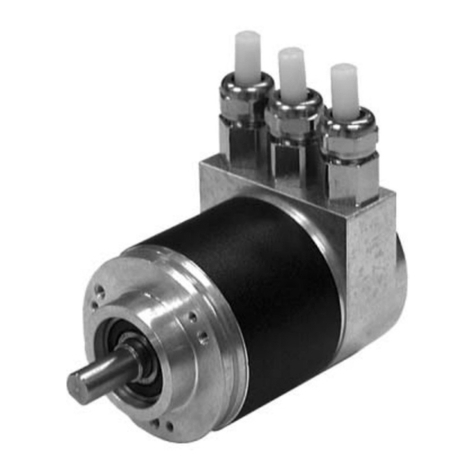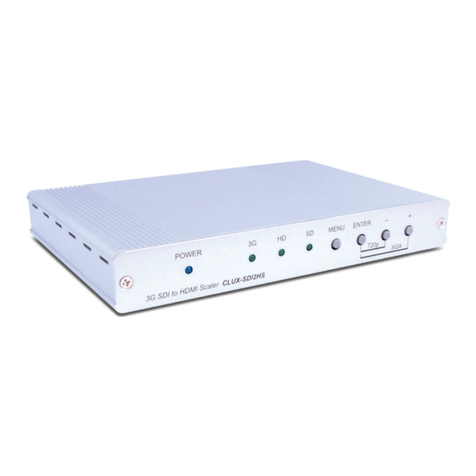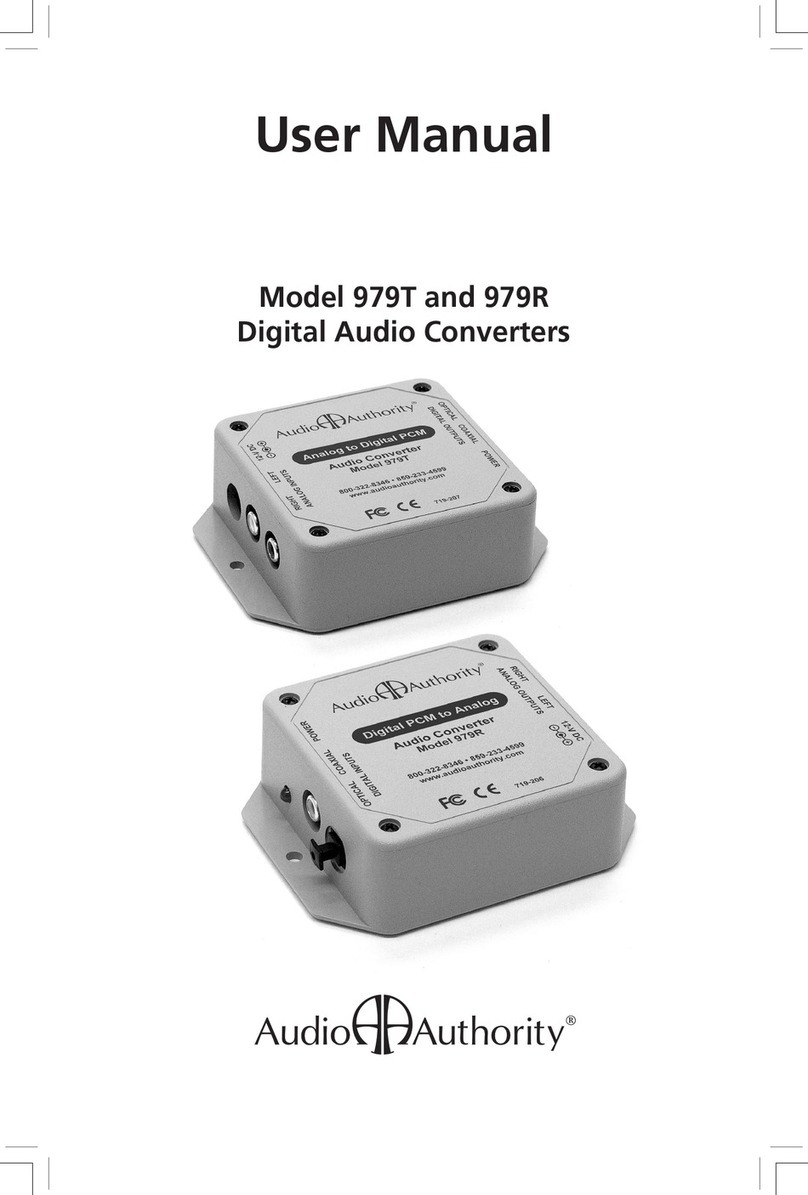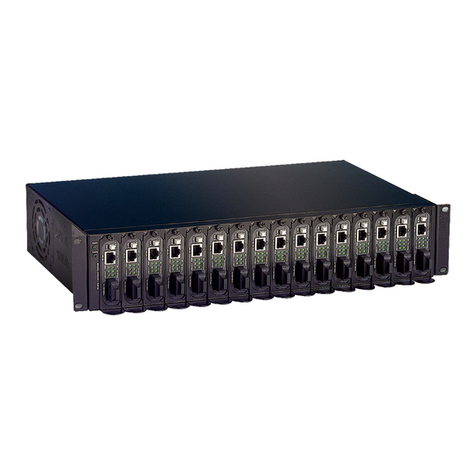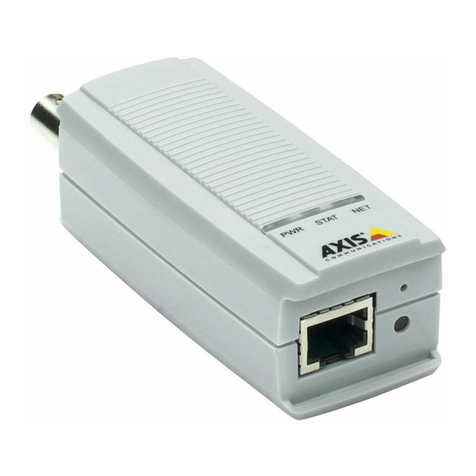
A - 9
ABOUT THE GENERIC TERMS AND ABBREVIATIONS
Unless otherwise specified, the following generic terms and abbreviations are used in
this manual to describe Type AJ65SBT-62DA digital-analog converter module.
Generic Term/Abbreviation Description
GX Developer Product name of the software package for the MELSEC programmable Controllers.
GX Works2
ACPU
Generic term for A0J2CPU, A0J2HCPU, A1CPU, A2CPU, A2CPU-S1, A3CPU,
A1SCPU, A1SCPU-S1, A1SCPUC-24-R2, A1SHCPU, A1SJCPU, A1SJCPU-S3,
A1SJHCPU, A1NCPU, A2NCPU, A2NCPU-S1, A3NCPU, A3MCPU, A3HCPU,
A2SCPU, A2SCPU-S1, A2SHCPU, A2ACPU, A2ACPU-S1, A3ACPU, A2UCPU,
A2UCPU-S1, A2ASCPU, A2ASCPU-S1, A2ASCPU-S30, A2USHCPU-S1, A3UCPU,
A4UCPU
QnACPU Generic term for Q2ACPU, Q2ACPU-S1, Q2ASCPU, Q2ASCPU-S1, Q2ASHCPU,
Q2ASHCPU-S1, Q3ACPU, Q4ACPU, Q4ARCPU
QCPU (A mode) Generic term for Q02CPU-A, Q02HCPU-A, Q06HCPU-A
QCPU (Q mode)
Generic term for Q00JCPU, Q00UJCPU, Q00CPU, Q00UCPU, Q01CPU, Q01UCPU,
Q02CPU, Q02HCPU, Q02PHCPU, Q02UCPU, Q03UDCPU, Q03UDECPU,
Q03UDVCPU, Q04UDHCPU, Q04UDEHCPU, Q04UDVCPU, Q06HCPU, Q06PHCPU,
Q06UDHCPU, Q06UDEHCPU, Q06UDVCPU, Q10UDHCPU, Q10UDEHCPU,
Q12HCPU, Q12PHCPU, Q12PRHCPU, Q13UDHCPU, Q13UDEHCPU, Q13UDVCPU,
Q20UDHCPU, Q20UDEHCPU, Q25HCPU, Q25PHCPU, Q25PRHCPU, Q26UDHCPU,
Q26UDEHCPU, Q26UDVCPU, Q50UDEHCPU, and Q100UDEHCPU
LCPU Generic term for L02SCPU, L02SCPU-P, L02CPU, L02CPU-P, L06CPU, L06CPU-P,
L26CPU, L26CPU-P, L26CPU-BT, and L26CPU-PBT
RCPU Generic term for R04CPU, R08CPU, R16CPU, R32CPU, and R120CPU
Master station Station that controls the data link system.
One master station is required for each system.
Local station Station having a programmable controller CPU and the ability to communicate with the
master and other local stations.
Remote I/O station Remote station that handles bit unit data only. (Performs input and output with external
devices.) (AJ65BTB1-16D, AJ65SBTB1-16D)
Remote device station Remote station that handles bit unit and word unit data only. (Performs input and output
with external devices, and analog data exchange.)
Remote station Generic term for remote I/O station and remote device station.
(Controlled by the master station)
Intelligent device station Station that can perform transient transmission, such as the AJ65BT-R2N (including local
stations).
Master module Generic term for AJ61BT11, A1SJ61BT11, AJ61QBT11, A1SJ61QBT11, QJ61BT11N,
and QJ61BT11 when they are used as master stations.
Local module Generic term for AJ61BT11, A1SJ61BT11, AJ61QBT11, A1SJ61QBT11, QJ61BT11N,
and QJ61BT11 when they are used as local stations.
SB
Link special relay (for CC-Link)
Bit unit information that indicates the module operating status and data link status of the
master station/local station.
SW
Link special register (for CC-Link)
16 bit unit information that indicates the module operating status and data link status of
the master station/local station.
RX Remote input (for CC-Link)
Information entered in bit units from the remote station to the master station.
RY Remote output (for CC-Link)
Information output in bit units from the remote station to the master station.
RWw Remote register (Write area for CC-Link)
Information output in 16-bit units from the master station to the remote device station.
RWr Remote register (Read area for CC-Link)
Information entered in 16-bit units from the master station to the remote device station.






















